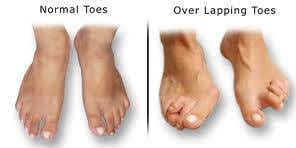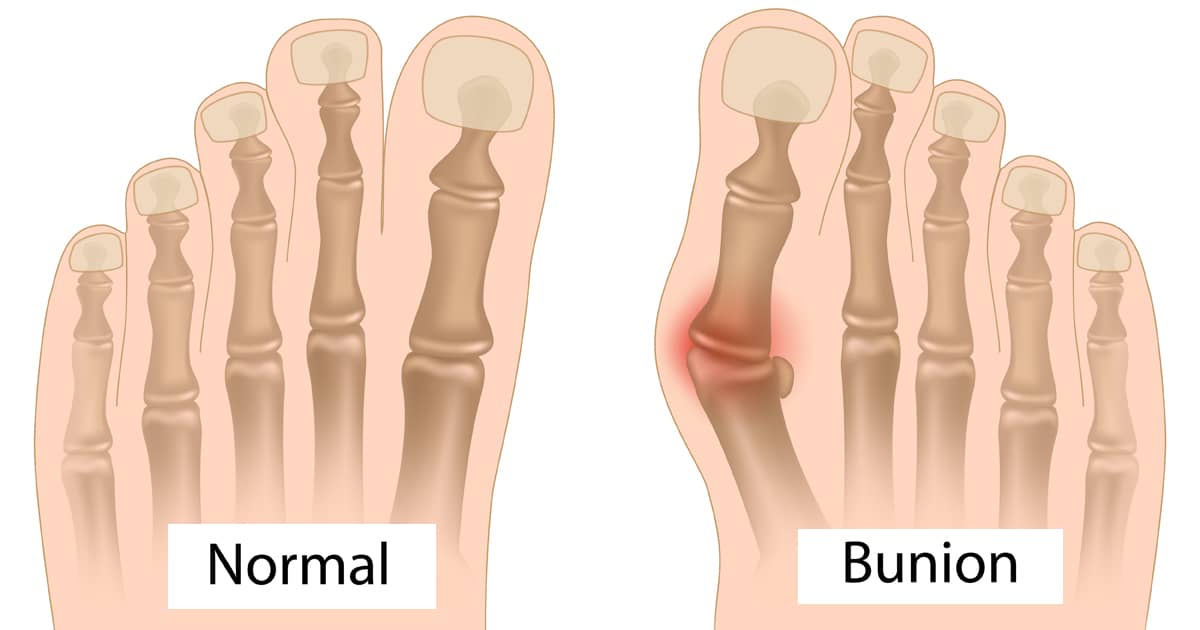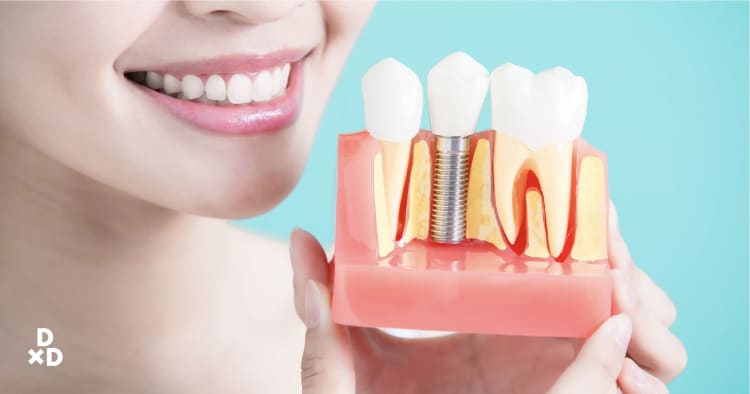You may have experienced bunions at some point in your life. Also known as Hallux Valgus (not the name of some Harry Potter wizardly spell), these painful bony bumps that develop at the big toe joint can really be no fun at all.
You may wonder where the heck they come from, and whether any possible treatments exist.
Dr Sean Ng, an experienced Consultant Orthopaedic Surgeon with a special interest in Sports Surgery, Minimally Invasive Foot & Ankle Surgery, hosted a Human Session and shed some light on these pesky nuisances.
Bad news, bunions get progressively worse over time
We hate to be the bearer of bad news, but bunions don’t just vanish. According to Dr Ng, they will not reverse, or go back to their normal shape (so deal with them).
In fact, they can get progressively worse. Here's an example of normal toes vs overlapping toes due to bunions:

If surgery isn’t your thing, you could use bunion straps (special velcro straps that attempt to correct the deformity and hold it in place).
Bunion straps have to be worn as long as possible (ie: 24/7). However, they don’t reverse the bunion at all. The deformity comes back once the straps are removed.
Want another temporary fix? Some patients also use a toe spacer (a piece of soft silicone that is placed between the big and second toes, to hold them apart). Finding the right footwear can be an issue when it comes to using spacers.
What is bunion removal surgery like?

So what happens during a bunion surgery procedure in Singapore, and what is it like as a patient undergoing this ordeal?
Well, there’s either the traditional open method or a keyhole/minimally invasive surgery method.
- the severity of the bunion
- which technique the surgeon is most proficient with
Dr Ng recommends a keyhole correction as a first option. It’s less painful than the traditional “open” method and comes with less risk of infection, bleeding and damage.
Is it risky? Scary? Both?

Although cutting open your deformed foot sounds scary, today, experienced doctors combined with medical developments have made it a much less terrifying ordeal.
It is generally a very safe procedure. Risks will include surgical and anaesthetic risks, which are usually only between 1-2%.
How painful is a bunion removal procedure?
Pain is very subjective. There are, however, ways to attempt reducing discomfort and pain.
Example of an open scar:

More pain is typically expected from a longer and larger wound. Medication after the procedure is there to help reduce inflammation (and pain).
In general, pain from a keyhole surgery is less than that of the traditional method.
There are patients who do not complain of any pain at all after surgery, or at most, just slight discomfort.
Choose your surgeon wisely
According to Dr Ng, it is worth probing doctors on their experience and number of cases. It's important that you choose a surgeon that you feel comfortable with, so that you trust the decisions he/she makes for you.
Almost all orthopaedic surgeons know how to do a standard "open" bunion correction, but an experienced one can suggest and perform other types of surgical correction that might be suitable for the patient.
Only a handful of surgeons can perform keyhole surgery for bunions

Most patients usually have mild to moderate bunions, and keyhole/minimally invasive surgery (MIS) is one of the best bunion correction measures.
However, this requires highly specialized skills and because of this, looking for a surgeon can be a little like searching for a fabled unicorn.
Preparation is key, both before and after surgery

Before the procedure, pre-operative investigations and fitness for surgery are of utmost importance.
These can include blood tests, ECG, a chest X-ray, and more. While waiting for the surgery, you should do things to reduce the chances of the bunion getting worse.
After the procedure, start walking again slowly. Patients may be able to bear weight immediately (the same day after surgery) but should expect some discomfort.
As the pain improves with each passing day, you should be completely back to strutting around like your usual self (maybe without the breakdancing just yet).
Take care of the wound(s) and keep the dressings dry. A cast protector may be a good idea for when you take showers, so that wounds don’t get worse.
To sum up, bunions are not just annoying, but rather, they can gradually get more annoying as time goes by. If you are on the lookout for the best corrective measures, consider Dr Ng's advice. Your foot might just thank you for it.
Ever wanted to ask a health question to a specific renowned specialist in Singapore? Human Sessions are when these expert doctors answer all your questions, for free!
You can Ask A Doctor right away, or view the complete list of Human Sessions here.










